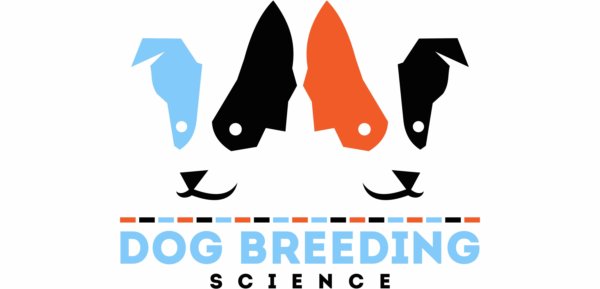Cleft lip/palate and syndactyly (CLPS)
Summary
A cleft palate occurs when the roof of the mouth (palate) doesn't fully fuse during development before birth, leaving a gap. Cleft palate severity varies but can be life-threatening in some cases. "Syndactyly" refers to a puppy being born with toes that are fused together. It can range from mild webbing between toes to complete fusion, impacting both appearance, mobility and sometimes quality of life.
Testing can help identify dogs who carry the mutant form of the gene that causes cleft palate (with syndactyly). There is a separate genetic test for cleft palate (CP1).
Cleft palate/syndactyly is an autosomal recessive disorder. Autosomal disorders are equally likely to affect male or female dogs. ôRecessive" means that a dog must inherit the mutant form of the gene from both its parents to be affected. Dogs with one copy of the gene will not be affected. However, they could pass the gene on to offspring.
Gene or region and technical reference
Gene: ADAMTS20 (causative). Reference: Wolf et al. (2014)
Reported alleles
n. Test developed using artificial DNA, animal controls.
CLPS. Test developed using artificial DNA, animal carriers.
Panels: groups of tests that are often ordered together
This test is not in any panels.
